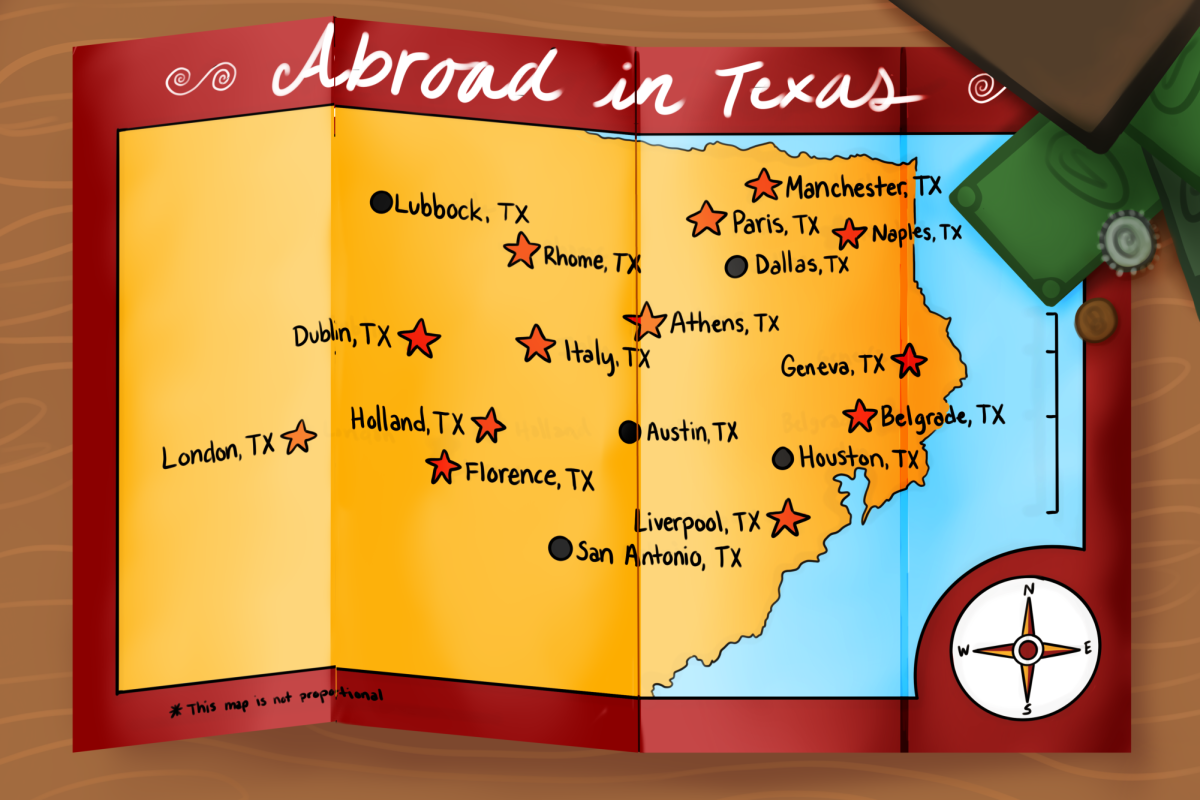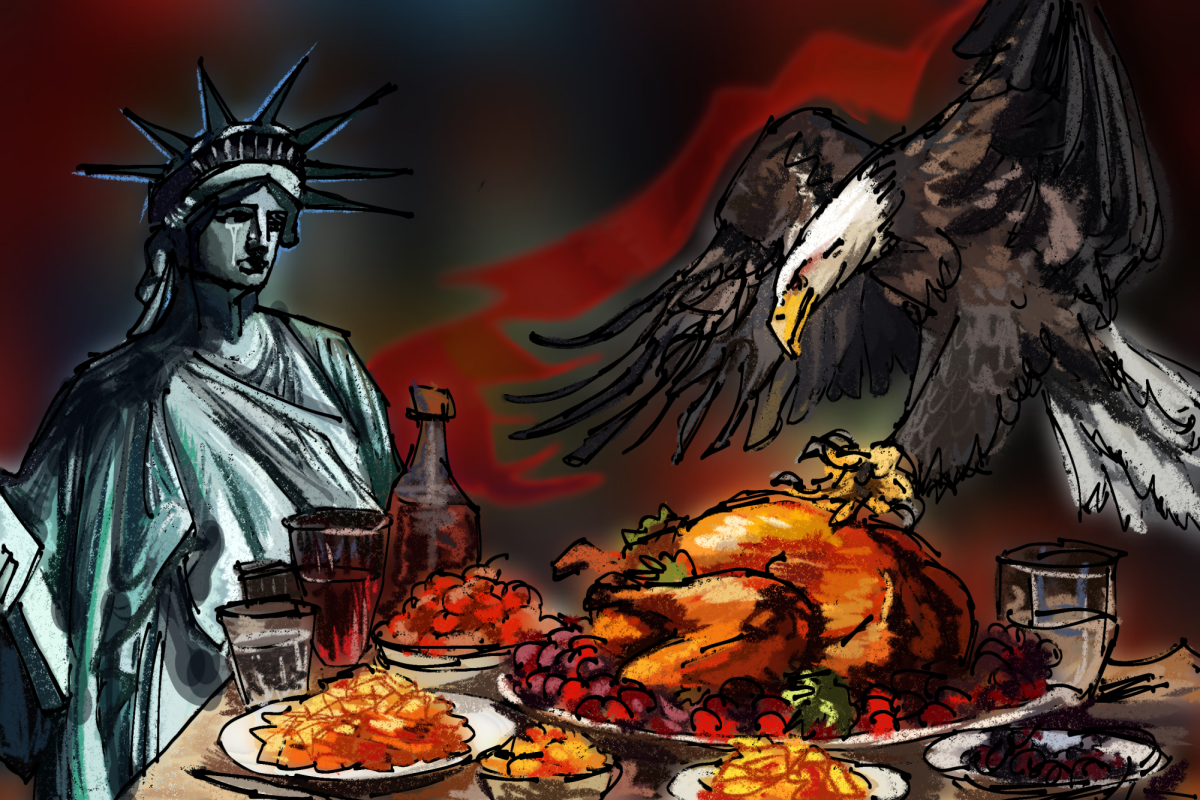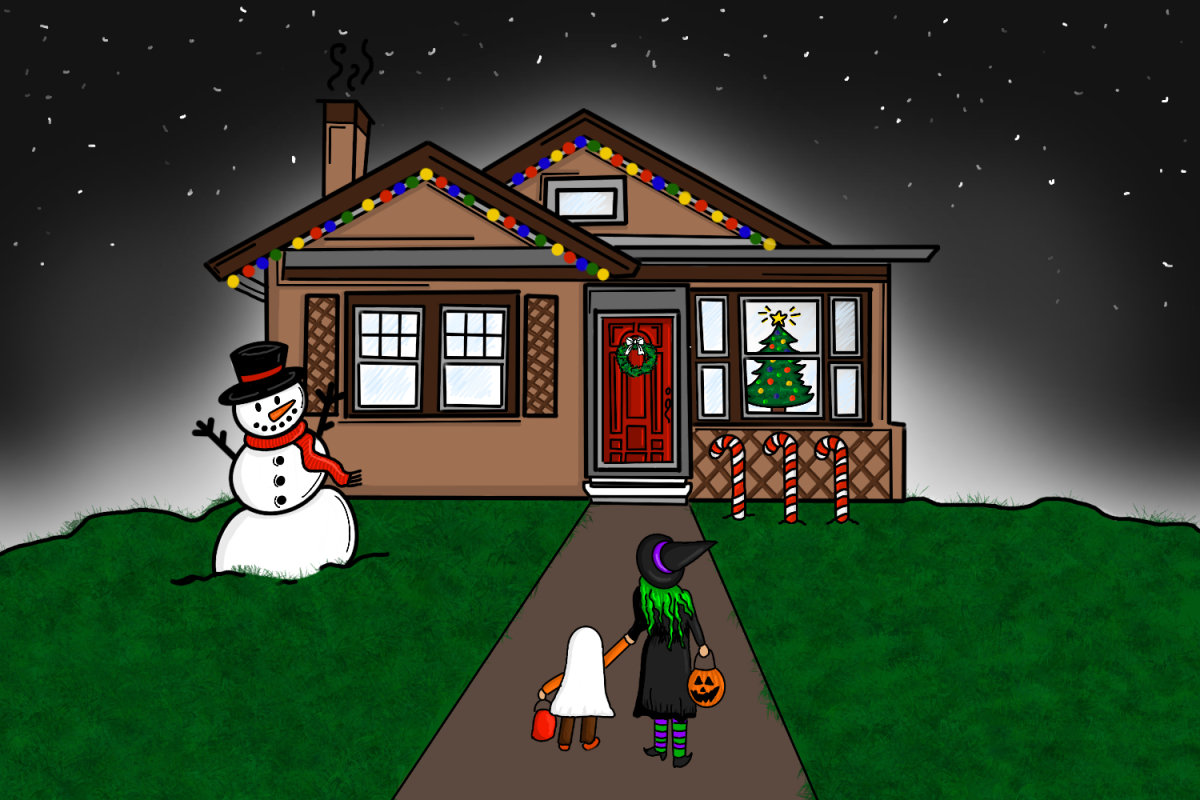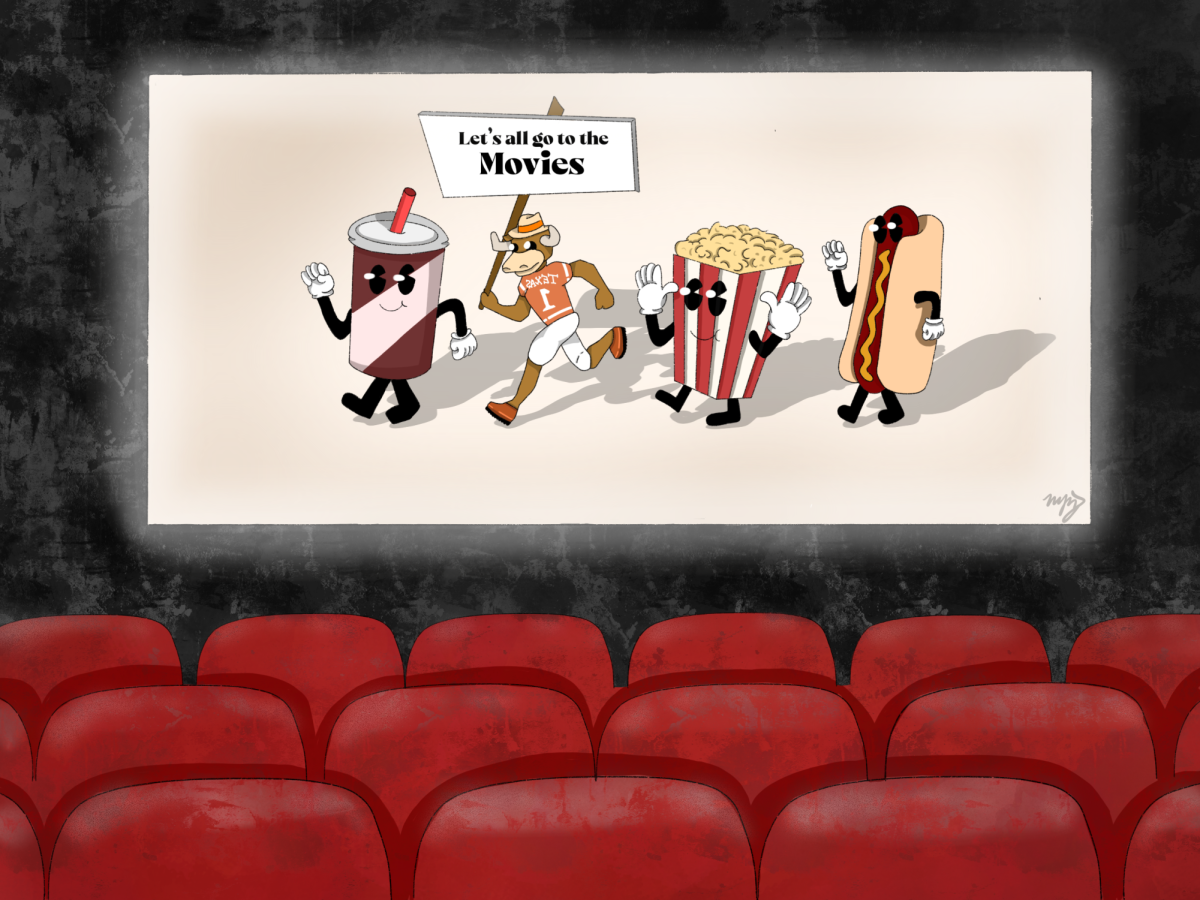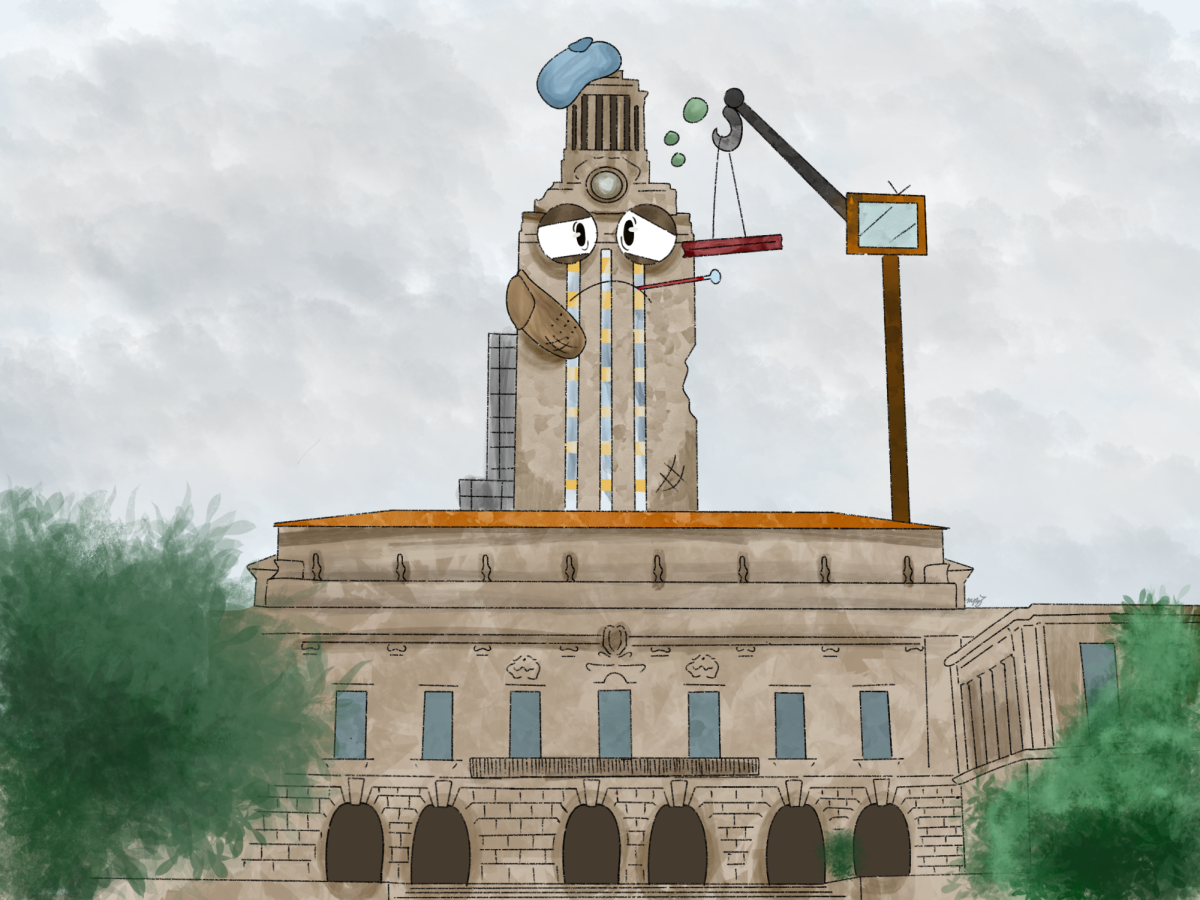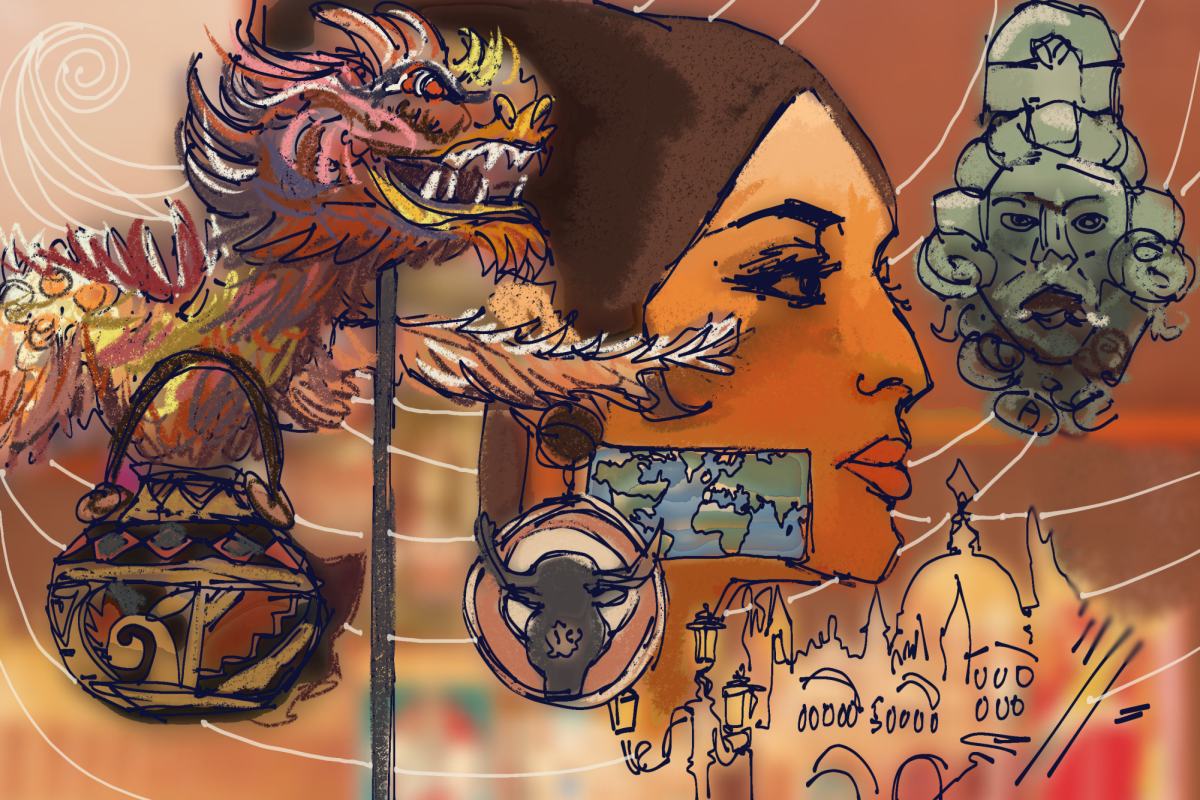Log on to Facebook, and you are sure to be met with a stream of videos that capture different animals acting in humorous ways. Animals have started to dominate social media, and most people are not complaining. According to the Pew Research Center, 45 percent of people who upload original videos to the Internet upload videos of animals, many of which go viral.
This virality has benefits that expand beyond a hearty laugh. Sharing videos of animals on social networking sites highlights the unique personalities of many animals and often increases human sympathy for our four-legged friends.
These videos often start out as advertisements for animals who need to be adopted. Many animal welfare websites, adoption centers and rescue groups use videos to showcase the vibrant personalities of pets in need of adoption. Welfare sites such as the Dodo post videos and articles about animals across the nation that need a “forever home” and are typically met with an outpouring of comments asking where and how the animal can be adopted.
Local adoption centers and rescue groups, such as Austin Animal Center and Austin Pets Alive, employ the same tactics and have similar results. Kasey Spain, the PR director of the Austin Animal Center, said the videos are a success platform for reaching locals.
“People come in all the time and tell us they are adopting because they saw an image of an animal on Facebook,” Spain said. “Spreading … a video is very simple for us to do because we get so many people who love animals. … It draws a broad audience.”
This tactic is intimately personal to Austin. The city is the nation’s largest with a no-kill policy, maintaining a euthanization rate of less than 10 percent. This February marks the fifth year of the city’s start in this campaign, and Prima Mosi of Protection of Animal Welfare Services of Austin believes these high adoption rates are related to the sharing of videos on social media by adoption and rescue agencies.
“[People] don’t just see that dog or cat in a still photo, but they get to see the dog or cat interacting with other animals and with humans,” Mosi said.
Mosi highlighted specific evidence of this in her own organization. She recounted an incident in which PAWS rescued a paralyzed dog and posted a photo of the dog on Facebook. When the dog went into foster care, she recommended they post a video of the dog trying to walk. The video went viral not only in Austin but reached other parts of the country, too.
The virality of animal videos is important not only because it provides comic relief to humans but also because it often results in greater sympathy toward animals. This ultimately can save an animal’s life. Save our furry friends — share an animal video.
Vernon is a a PACE freshman from Houston. Follow Vernon Twitter @_emilyvernon_.



